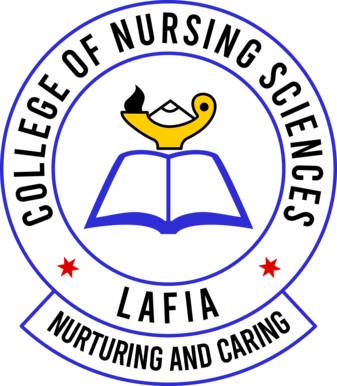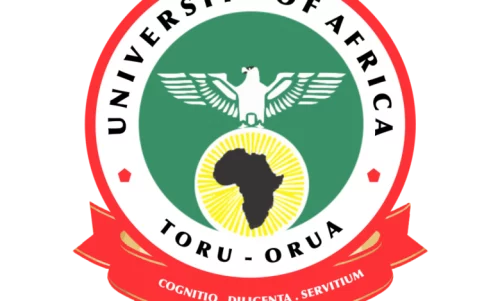Agric Keypoints: Animal Health; As essential components of the agriculture industry, livestock play a crucial role in providing various resources such as meat, milk, and leather. Ensuring the health and well-being of these animals is paramount to sustaining a thriving livestock production system.
Study other Agric keypoints here for JAMB, WAEC, IJMB
Agric Keypoints: Animal Health
In this article, we delve into the intricacies of animal health, focusing on both diseases and parasites that can affect livestock.
A. Animal Diseases (Pathology)
i. Factors Predisposing Animals to Diseases:
Environmental factors significantly influence the susceptibility of livestock to diseases. Factors such as overcrowding, poor ventilation, inadequate nutrition, and unhygienic conditions can weaken the animals’ immune systems, making them more susceptible to diseases.
Causal Organisms, Symptoms, Transmission, and Effects:
Various pathogens, including viruses, bacteria, fungi, and protozoa, can cause diseases in livestock. These pathogens exhibit diverse symptoms, ranging from respiratory distress to gastrointestinal issues. Effective disease management requires a thorough understanding of the causative agents, their symptoms, and modes of transmission. For instance, viruses like Foot-and-Mouth Disease spread through direct contact and contaminated equipment, leading to symptoms like fever, blisters, and lameness.
Preventive and Curative Methods:
Addressing livestock diseases involves a combination of preventive and curative approaches. Vaccination is a common preventive method, offering immunity against specific diseases. For bacterial infections, antibiotics are commonly used for treatment. Additionally, maintaining a clean and sanitized environment, proper nutrition, and regular veterinary check-ups are vital components of disease prevention and management.
B. Parasites (Parasitology)
i. Life Cycles and Economic Importance of Livestock Parasites:
Parasites, both internal (endoparasites) and external (ectoparasites), pose significant challenges to livestock health and productivity. Understanding their life cycles is crucial for effective management. For example, endoparasites like roundworms and tapeworms can severely impact digestion and nutrient absorption, leading to weight loss and decreased productivity. Ectoparasites such as ticks and lice can cause skin irritation and transmit diseases.
ii. Prevention and Control Methods:
Managing parasites in livestock involves adopting a holistic approach. Methods such as dipping, spraying, and deworming are essential for controlling parasites. Dipping animals in solutions containing acaricides or insecticides can effectively reduce tick infestations. Spraying animals with appropriate chemicals helps prevent infestations of lice and flies. Regular deworming, based on veterinary recommendations, helps control internal parasites.
iii. Sanitation:
Maintaining proper sanitation in livestock facilities is critical for preventing the spread of parasites. Regularly cleaning and disinfecting animal pens, providing clean drinking water, and removing manure are essential steps in reducing parasite contamination.
In Summary:
Animal health is a multifaceted aspect of livestock production that requires comprehensive knowledge and proactive management. Preventing and managing diseases and parasites involves a combination of practices, including proper hygiene, vaccination, and strategic parasite control. By understanding the causative agents, symptoms, and transmission modes, livestock producers can ensure the health and well-being of their animals, contributing to the overall success and sustainability of the agriculture industry.
FAQs:
Q1: How do environmental factors contribute to animal susceptibility to diseases?
A: Overcrowding, poor ventilation, inadequate nutrition, and unsanitary conditions weaken animals’ immune systems, making them more vulnerable to diseases.
Q2: What are some common curative methods for livestock diseases caused by pathogens?
A: Antibiotics are commonly used to treat bacterial infections, while antiviral drugs may be used for viral infections. Supportive care and proper nutrition are also important during recovery.
Q3: What is the significance of knowing the life cycles of parasites in livestock?
A: Understanding parasite life cycles helps identify key stages for effective intervention, such as deworming during specific developmental phases.
Q4: How can dipping and spraying help control parasites in livestock?
A: Dipping involves immersing animals in solutions to kill parasites on their bodies, while spraying applies insecticides to their skin to prevent ectoparasite infestations.
Q5: How does effective sanitation contribute to parasite control?
A: Proper sanitation reduces the accumulation of parasites’ eggs and larvae in the environment, minimizing the risk of infestation and disease transmission.












